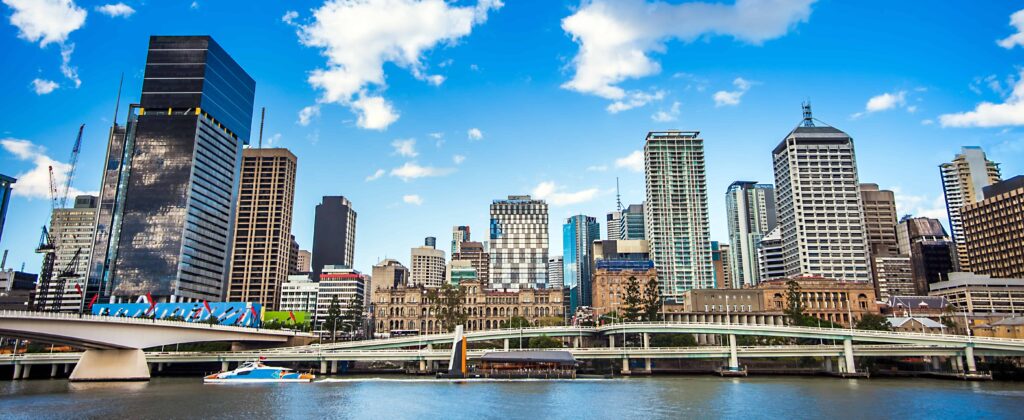
Like the rest of Australia, Queensland’s construction industry faces rising material costs, project delays and other logistical challenges related to the COVID-19 pandemic.
It’s been a tough year for many of us.
Despite this, the building industry has continued to support the state economy and this contribution has paid off: Queensland presents annual growth rates that surpass the national average.
How does the construction sector benefit from the Queensland budget 2022-23?
At a glance:
The 2022-23 budget delivers funding for new houses, schools and hospitals, but the bulk of capital spending is for transport infrastructure.
$200 million will go towards building high-level shared infrastructure services; while also increasing housing in priority development areas. This investment will support the growing numbers of people choosing to live in Queensland, which is experiencing its highest interstate migration rates in almost 20 years!
Demand for land is particularly strong in Southeast Queensland, according to Minister for Planning Steven Miles.
As such, a new Growth Acceleration Fund will develop essential infrastructure in that region.
“The new Growth Acceleration Fund will focus on growth areas in South East Queensland including the Sunshine Coast, Moreton Bay, Brisbane, Redland, and Gold Coast.”
“It will fund new roads, water and sewerage infrastructure and other public facilities,” Mr Miles said.
There will also be $300 million for water security in regional areas, as construction commences on the Toowoomba to Warwick pipeline. This will benefit communities that have been impacted by prolonged drought.
The state government will spend $3.5 billion on new rail projects to be constructed over the next ten years. This investment will support more than 5,000 jobs and cater to the transport needs of a rapidly growing population.
As part of the rail revolution, new ETCS technology is being implemented in Queensland. This innovative signalling technology is widespread in Europe and enables trains to run more frequently, with improved safety.
Brisbane will host the Olympic and Paralympic Games in 2032. This may seem like a long wait, but Queensland is already preparing for the once-in-a-lifetime opportunity to market the state and attract millions of tourists from around the world. More than $190 million will develop sport and community infrastructure that’s directly related to the Games, and planning will accelerate over the next few years.
“The more time we have to adequately plan for Brisbane 2032, the bigger the pay-off for Queensland,” Premier Annastacia Palaszczuk said.
“This funding will help us effectively progress planning, design and delivery of critical infrastructure which will support south-east Queensland’s long-term growth.”
The Queensland government will spend $39 million over four years to deliver relief to small and medium businesses. There will be payroll tax cuts for more than 12,000 businesses that have wages under $10.4 million.
This is good news for the construction sector, as most businesses in our industry are small.
In addition to this, a one-year extension will apply to the 50% payroll tax rebate for apprentice and trainee wages, which reduces the overall tax that eligible employers pay. This scheme will now end on 30 June 2023.